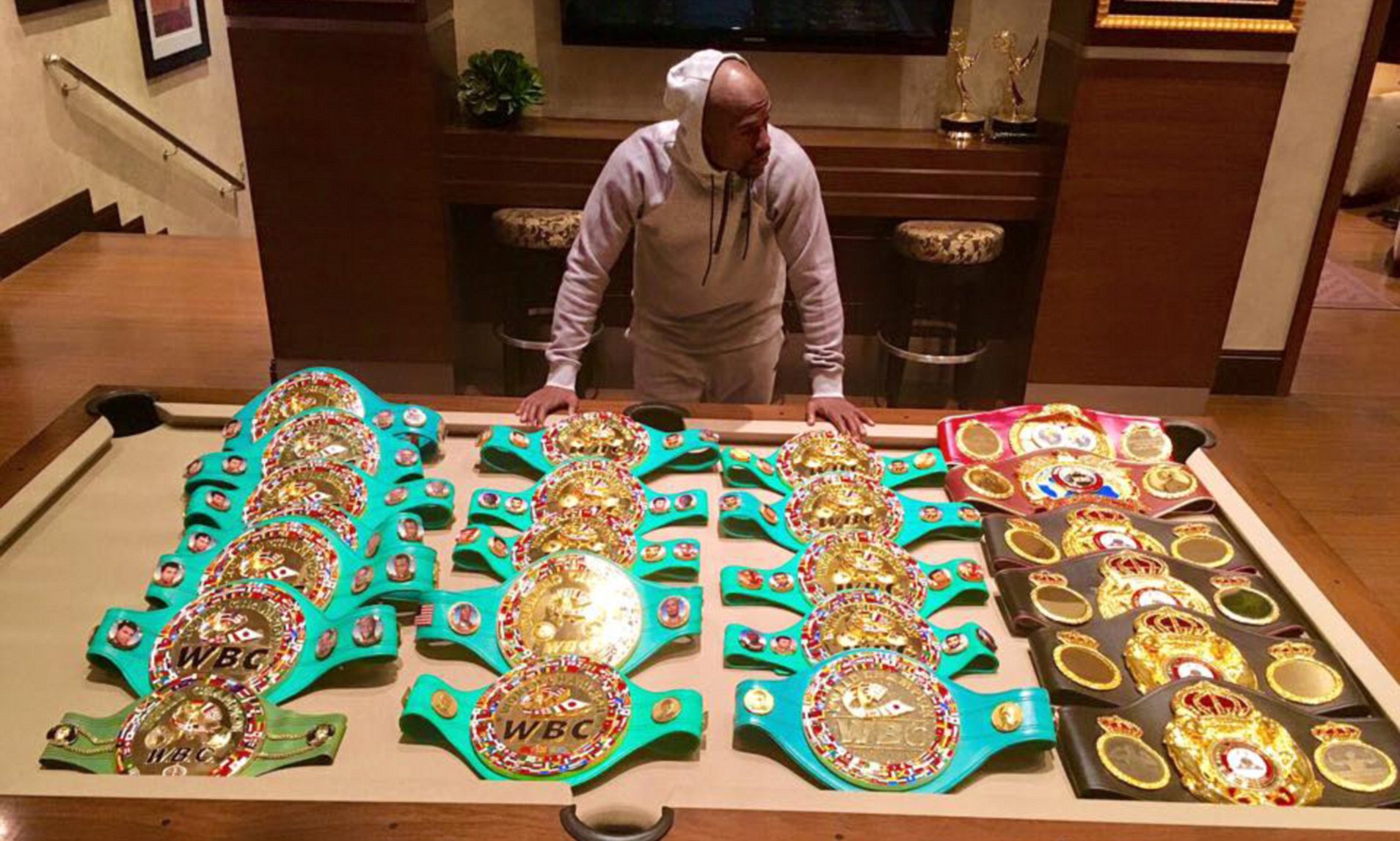“Are we like your worst-case scenario?”
That’s what a new client asked me during our intro call on Wednesday.
She reached out to me because their sales process was pretty… broken.
No follow-up with non-converted leads…
Consultation process that’s lacking persuasion and value-building…
Putting the Responsibility of Action back on the patient at all times.
“No, this is actually pretty common,” I told her. And that’s true.
Which is why I recorded this “Thursday Thunder” video about it (these are the vids I record in my truck on the way back from my Thursday morning lifting sessions).
In this one, I discuss the difference between being considerate and being afraid. These are very different things, but they often get confused.
And this mistake is costing you a lot of patients. And especially if you’re the best provider in town, you absolutely must get this fixed asap.
So watch this video, forward it to anyone on your team who needs to hear it. And have a darn good weekend.
|
|
We’ll talk more about 2021 next week.
Have an epic weekend,
– Thunder Troy Cole

